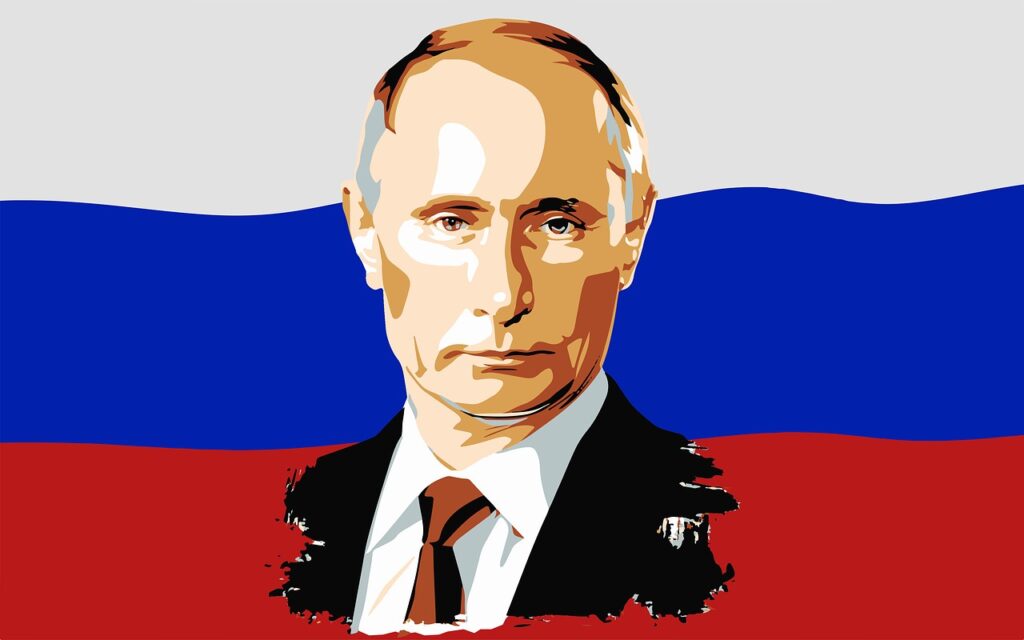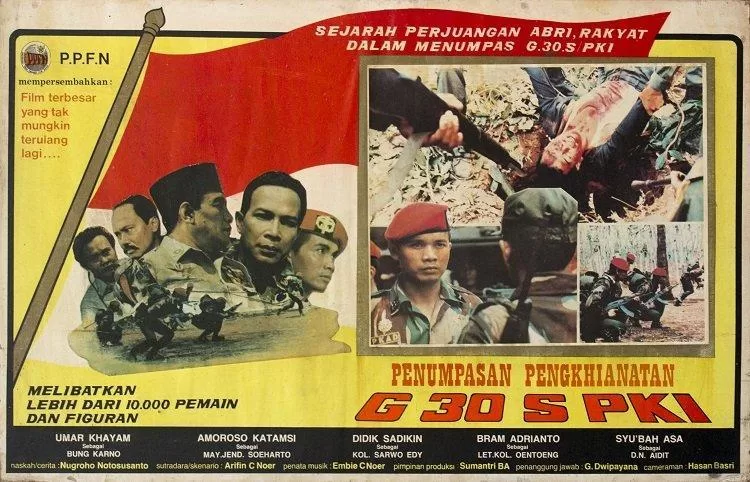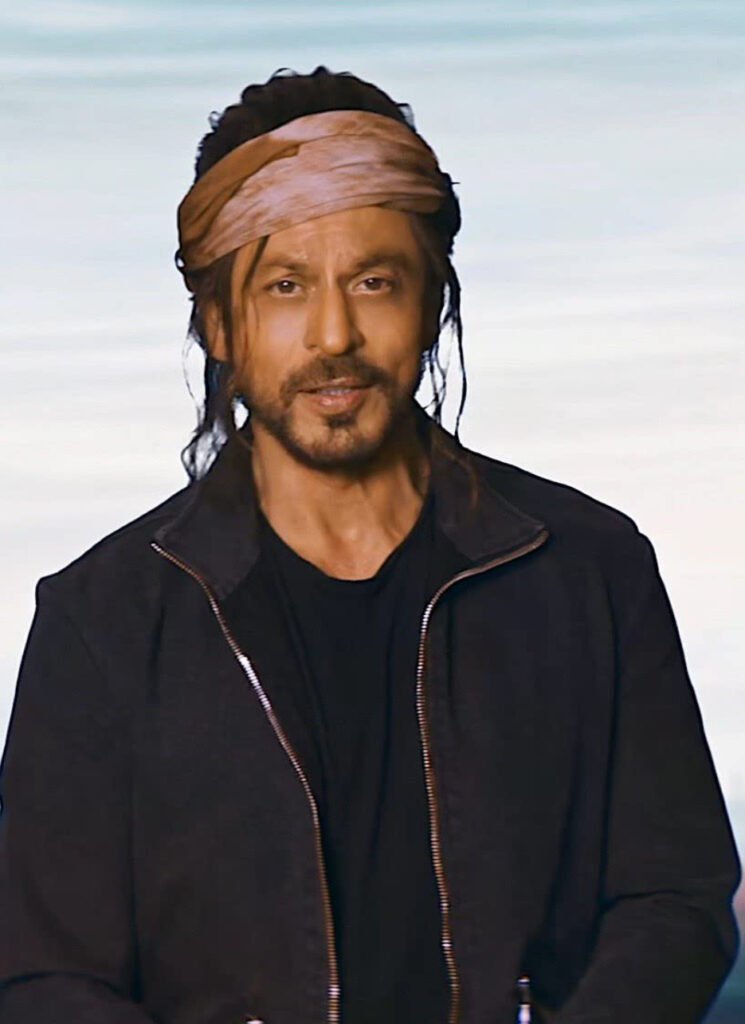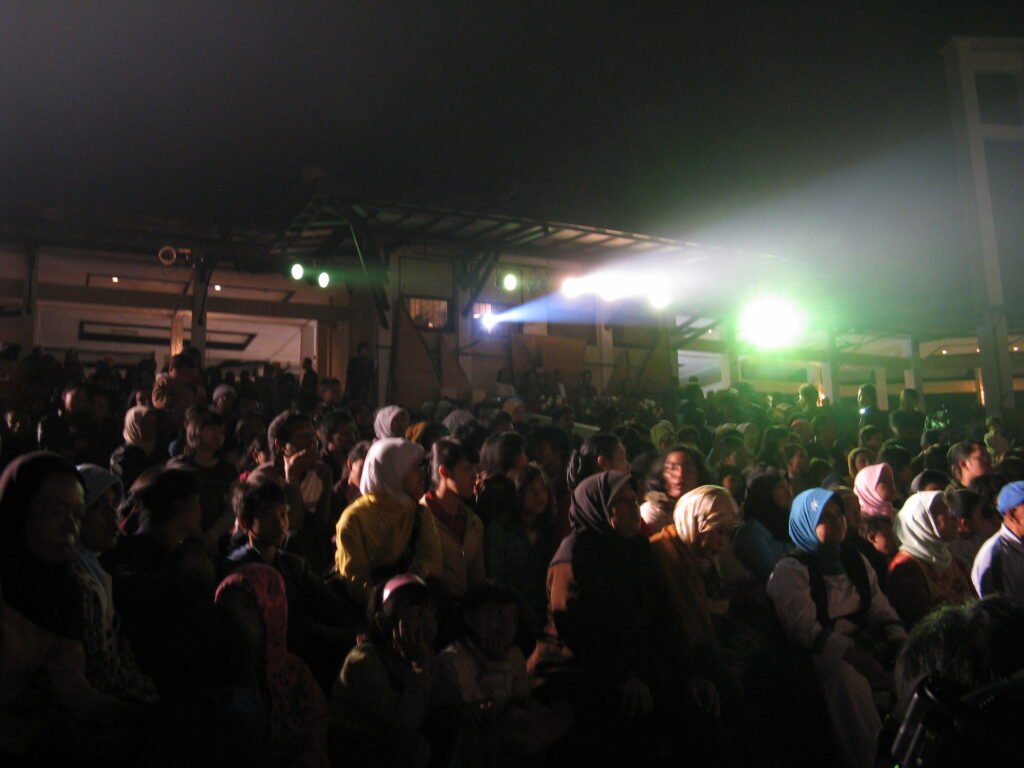Two films about tanks highlight how Vladimir Putin and his cronies rule Russian culture with an iron fist.
 Vladimir Putin has left his mark on Russian culture over the past 10 years. : Victoria_Watercolor/Pixabay Pixabay Licence
Vladimir Putin has left his mark on Russian culture over the past 10 years. : Victoria_Watercolor/Pixabay Pixabay Licence
Two films about tanks highlight how Vladimir Putin and his cronies rule Russian culture with an iron fist.
By Stephen M. Norris, Miami University, Ohio
It’s no secret that Vladimir Putin is obsessed with World War II. He justified the invasion of Ukraine by claiming Russia is “liberating” the territory from “neo-Nazis” and “far-right nationalists”. Putin has called on Russian citizens to remember “the sacrifices our people had to make to defeat Nazism”.
What may not be well known is how the culture of the Putin era produced in Russia has changed over the last ten years. The Kremlin has harnessed culture to make it serve the interests of the state. The Russian Ministry of Culture has outlined patriotic programs for all spheres of cultural life.
Movies have been particularly important in this new agenda: during the last decade dozens of films aimed to promote Russia’s history, culture, and values have saturated Russian screens. World War II movies are a prominent part of this cinematic assault, offering narratives that dovetail with Putin’s speeches invoking the victory over Nazi Germany.
One part of the myth of victory that Putin has tapped into involves tanks, specifically the T-34 tank. War memorials that dot the Russian countryside often include T-34s. And not just in Russia: T-34s can be found in the major Great Patriotic War memorials in Kyiv, Mariupol and elsewhere in Ukraine.
The decision to supply American- and German-made tanks to bolster Ukraine’s armed forces has brought renewed attention to the T-34 myth. Putin referenced it in his speech to commemorate the 80th anniversary of the victory at Stalingrad, when he claimed the West had “a plan to fight Russia on Ukrainian land” using German tanks.
Two of the recent Russian blockbuster movies about World War II feature Soviet tanks. Both appeared in 2018. The films – Tanks (originally called Tanks for Stalin) and T-34 – help us understand how Putin-era culture has evolved since 2000.
When Putin first became President in 2000, his cultural policies were largely in line with those elsewhere in Europe. The then Minister of Culture, Mikhail Shvydkoi, oversaw a cultural program which aimed to use state money to help support industries, including cinema, that had suffered during the economic crises of the 1990s. Yet the Putin state did not place any constraints on the films that received state support. Many did promote a general patriotic culture that Putin in turn benefited from, but others were more critical in their approaches. We might best call this era Putin One culture.
When Putin returned to the presidency in 2012 amid massive protests over voter fraud, the Kremlin overhauled its approach to culture. His new minister of culture, Vladimir Medinsky, adopted an approach to state funds that resembled Soviet-era practices. The ministry put out a list every year of “preferred topics” for filmmakers and then awarded funding. Medinsky’s office therefore became more of a ministry of propaganda, one where the state’s messages could be spread across various media. We might best call this Putin Two culture.
Tanks and T-34 benefited from this new environment. Both received Medinsky’s personal blessing. Both also received funding from the Russian Military-Historical Society, an organisation also created in 2012 to help foster patriotism in Putin’s Russia. Medinsky heads the society and, along with Russia’s defence minister Sergei Shoigu, used it to further the aims of his ministry.
Tanks is ostensibly about Mikhail Koshkin, the actual creator of the T-34, and how he drove his creation from his hometown of Kharkiv to Moscow in 1940. Beyond this basic plot, however, the film contained scenes that sprang more from Medinsky’s mind than from the past. Koshkin and his crew had to battle spies wanting to steal his plans, Nazis somehow embedded in Ukraine at the time and Cossack nationalists.
One prominent film critic wrote that the film had less to do with historical facts than the sort of “correct myths” Medinsky wanted to propagate. The film tanked at the box office, mostly because of the heavy-handed propagandistic messaging.
T-34 was a hit, earning US$37 million, the 10th best performance all-time for a domestic film at the Russian box office. The plot is pure fantasy but more fun and less overtly propagandistic. A Russian tank commander fights against overwhelming odds before being captured and imprisoned in a Nazi concentration camp. There he is tasked with building a T-34 for his enemies so they can benefit from this Soviet creation.
Instead, he escapes, battles his foes again, and wins. T-34 is not without its problematic elements. The hero is Russian. He is supported by a “good Ukrainian” (who dies) and a “good Belarusian” (who does not), thus subtly encoding the film with the notion that Ukrainians and Belarusians are at their patriotic best when helping their Russian brethren.
The tank films are just two of innumerable films that have helped propagate the Putinist state’s messages about patriotism again and again. Medinsky left his office in early 2020: he still serves as a special assistant to Putin and has been tapped to oversee the new historical content for the state’s education system. The culture of state propaganda he helped to construct remains firmly in place.
So too does the Russian Military-Historical Society, which has opened offices in the occupied regions of eastern Ukraine. And the Ministry of Culture, now headed by Olga Lyubimova, announced 17 “priority topics” for state film funding in 2023.
Among them were calls to make films about “peacekeeping missions of Russia,” “Russian historic victories,” movies that commemorated the 80th anniversary of Victory in World War II, and how Soviet soldiers engaged in a “liberation mission”.
Putin Two culture lives on.
Stephen Norris is the Walter E. Havighurst Professor of Russian History and Director of the Havighurst Center for Russian and Post-Soviet Studies at Miami University in Ohio. His research focuses on Russian wartime propaganda, Soviet propaganda, and contemporary Russian cinema.
Originally published under Creative Commons by 360info™.










